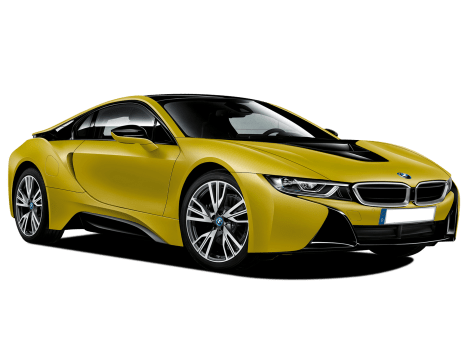
| Year | Price From | Price To |
|---|---|---|
| 2025 | $85,900 | $228,400 |
| 2024 | $72,490 | $245,960 |
| 2023 | $79,530 | $245,960 |
| 2022 | $65,780 | $239,910 |
| 2021 | $63,470 | $166,980 |
| 2020 | $58,960 | $281,490 |
| 2019 | $51,370 | $265,430 |
| 2018 | $45,870 | $245,630 |
| 2017 | $38,170 | $157,850 |
| 2016 | $34,210 | $138,710 |
| 2015 | $32,780 | $123,310 |
| 2014 | $27,720 | $113,520 |
BMW i Series FAQs
Check out real-world situations relating to the BMW i Series here, particularly what our experts have to say about them.
-
Should I buy an electric car now or later?
It’s definitely true that the march of new-car technology is making big changes to the cars we’re being offered almost on a monthly basis. So, if your current car is just three years old, it might be worth holding on to it and waiting for the next big thing to arrive in showrooms. Certainly, by trading-in at just three years, you’ll pretty much max out the depreciation you’ll suffer in financial terms.
But by waiting, you might find that you can buy an electric vehicle and be able to tap into newer and better infrastructure that will be in place in another few years, rather than put up with the relatively sparse charging-station network currently in this country.
At the moment, a hybrid or plug-in hybrid is a pretty good way to go, provided you use the vehicle mostly in an urban setting, rather than long-distance freeway journeys where the hybrid tech is less advantageous. A hybrid is not exactly future-proof, but it’s a good next step for a lot of Australian car-owners.
As for what brand is best, the tech is getting better and better as time goes by, so it’s likely to be build date rather than brand that will determine the efficiency of the vehicle in question. That said, car owners can’t hold off forever when it comes to upgrading, so for the moment, a hybrid or plug-in hybrid is a logical next car. We’re particularly impressed by the current-model Toyota Camry which is good value to buy, a classy driving experience and offers hybrid fuel efficiency in the right environment. Such cars will be a lot of Australian families’ first hybrid, and rightly so.
Read More: 10 best hybrid vehicles in Australia
Show more -
How many seats does the BMW i8 have?
It has two seats.
Show more -
How to charge a BMW iX at home (how long, cost & charging point location)?
BMW customers have two ways of charging their iX at home, the fastest being by installing a three-phase 22kW AC wall charger. These cost between $1500 to $3000, with additional energy costs averaging between 21-36 cents per kW, depending on your provider and which state you live in. If you’re hooked up to solar power, the additional cost can be zero. According to BMW, this method will charge the iX xDrive40 from 0-100 per cent in 8 hours and 15 minutes. The other method is a standard AC wall socket, which charges at a much slower rate of 2.3kW. BMW says this will take 39 hours for a full charge.
Show more


